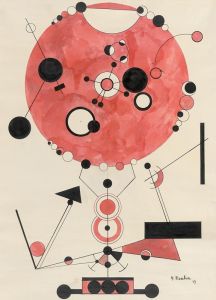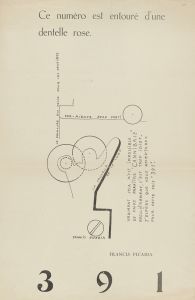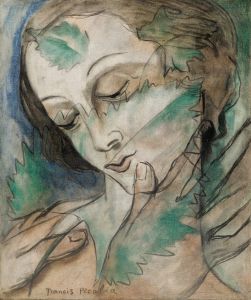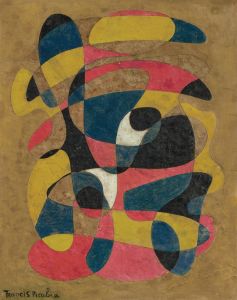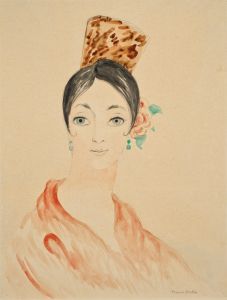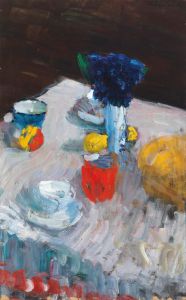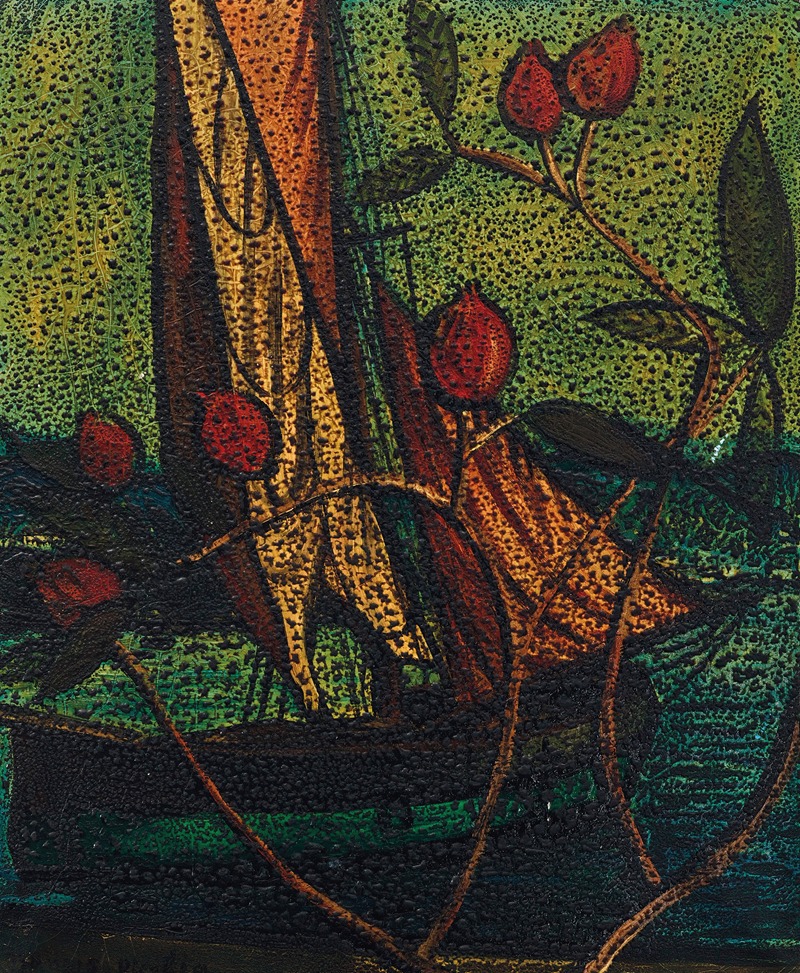
Sans titre
A hand-painted replica of Francis Picabia’s masterpiece Sans titre, meticulously crafted by professional artists to capture the true essence of the original. Each piece is created with museum-quality canvas and rare mineral pigments, carefully painted by experienced artists with delicate brushstrokes and rich, layered colors to perfectly recreate the texture of the original artwork. Unlike machine-printed reproductions, this hand-painted version brings the painting to life, infused with the artist’s emotions and skill in every stroke. Whether for personal collection or home decoration, it instantly elevates the artistic atmosphere of any space.
Francis Picabia was a French avant-garde painter, poet, and typographist, associated with a variety of art movements, including Impressionism, Cubism, Abstract art, Dada, and Surrealism. He was known for his diverse and experimental approach to art, often challenging traditional boundaries and conventions. One of his works, "Sans titre" (Untitled), reflects his innovative spirit and his contribution to the development of modern art.
"Sans titre" by Francis Picabia is a painting that embodies the artist's exploration of form, color, and abstraction. While specific details about this particular work are limited, it is representative of Picabia's broader artistic journey and his penchant for creating pieces that defy easy categorization. Throughout his career, Picabia was known for his ability to adapt and transform his style, often moving between different artistic movements and experimenting with new techniques.
Picabia's early work was influenced by Impressionism, but he soon became involved with the Cubist movement, where he began to explore more abstract forms. His association with the Dada movement marked a significant shift in his artistic approach. Dada was characterized by its anti-establishment ethos and its embrace of chaos and irrationality, and Picabia became one of its leading figures. His Dada works often featured mechanical and abstract forms, challenging traditional notions of art and aesthetics.
"Sans titre" may reflect Picabia's Dadaist influences, as many of his untitled works from this period do. These pieces often incorporate abstract shapes and forms, sometimes resembling mechanical diagrams or nonsensical compositions. Picabia's use of abstraction was a deliberate attempt to break away from conventional artistic representation and to provoke thought and discussion among viewers.
In addition to his visual art, Picabia was also a prolific writer and editor. He published several Dadaist journals, including "391," which became a platform for avant-garde artists and writers. Through his writings and editorial work, Picabia further cemented his role as a key figure in the Dada movement, advocating for a new understanding of art that embraced absurdity and rejected traditional values.
Picabia's later work saw a return to more figurative forms, as he became involved with the Surrealist movement. However, he continued to defy easy classification, often blending elements of different styles and movements in his paintings. This eclectic approach is evident in many of his untitled works, which resist straightforward interpretation and invite viewers to engage with them on multiple levels.
While specific information about "Sans titre" is limited, it is clear that the work is part of Picabia's broader legacy as an artist who continually pushed the boundaries of what art could be. His willingness to experiment and his rejection of conventional norms have left a lasting impact on the art world, influencing generations of artists who followed.
In summary, "Sans titre" by Francis Picabia is a testament to the artist's innovative spirit and his commitment to exploring new artistic frontiers. Although details about the painting itself may be scarce, it remains an important part of Picabia's oeuvre, reflecting his diverse influences and his role as a pioneer of modern art.





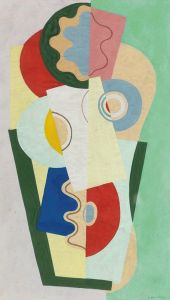
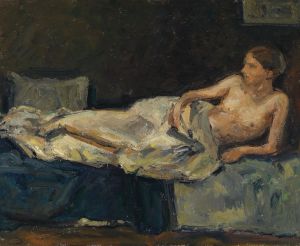
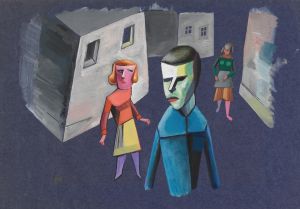

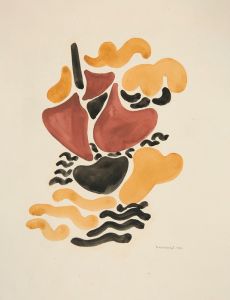
![Graphic designs for Fortune Magazine.] [Study for cover with telephone lines at different locations on the globe](/imgs/249255/s/winold-reiss-graphic-designs-for-fortune-magazine-study-for-cover-with-telephone-lines-at-different-locations-on-the-globe-d53cdea6.jpg)
